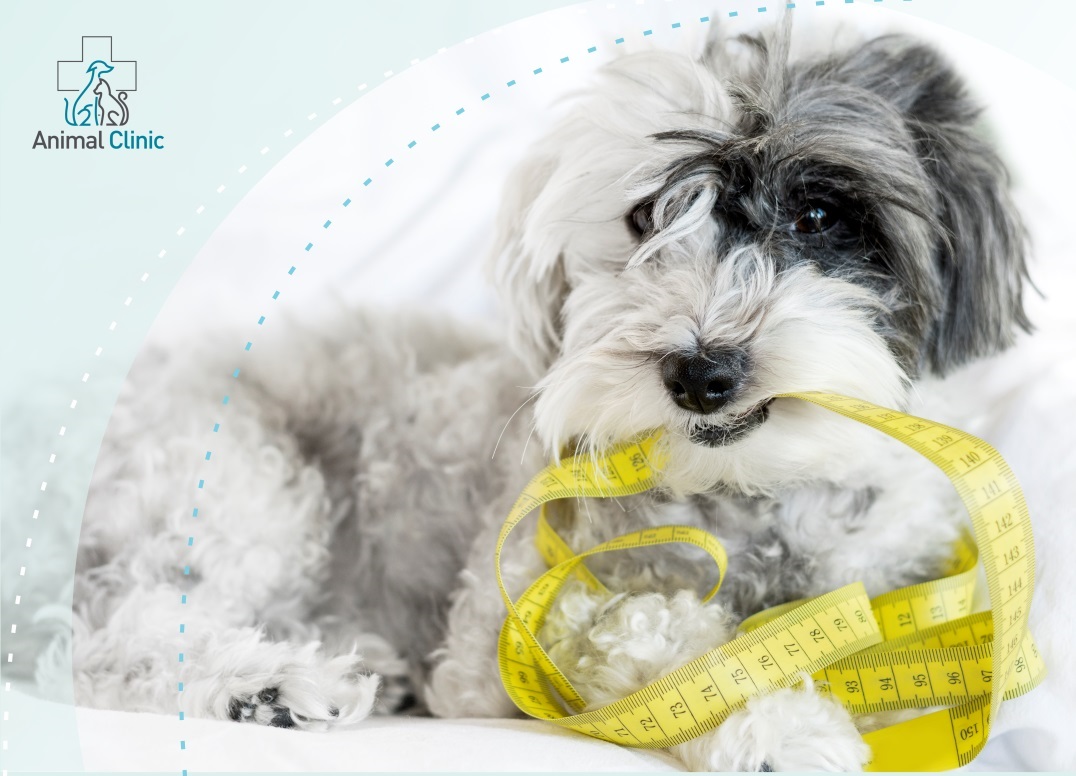- Main
- News and events
- Preventing Obesity in Pets: Physical Activity and a Balanced Diet
Preventing Obesity in Pets: Physical Activity and a Balanced Diet

Preventing Obesity in Pets: Physical Activity and a Balanced Diet
According to various estimates, 22–44% of pets suffer from obesity. Excess fat significantly increases the risk of unpleasant consequences such as diabetes, musculoskeletal disorders, cardiovascular problems, and gastrointestinal diseases. That’s why every pet owner should make every effort to protect their pet from obesity.
There are factors you can’t control — such as breed characteristics, chronic illnesses, and aging — but the main contributors to obesity are manageable.
Moderate Exercise — An Effective Preventive Measure
A sedentary lifestyle is one of the key causes of obesity. If you have a dog, you should walk them for at least 1.5–2 hours a day, even if your pet isn’t very active. During walks, make time for games, running, or training.
Cats can also be walked outdoors, but if you don’t do this, arrange engaging activities at home. Hide their favorite toy in a box or bag for them to retrieve, play chase when they invite you to, and provide entertainment with battery-operated balls, climbing structures, or tunnels.
A Quality Diet for Cats and Dogs
Physical activity won’t help — and can even become burdensome — if your pet doesn’t eat properly. Cats and dogs often become overweight due to their owners’ poor feeding habits. Table scraps and excessive treats are harmful to your furry friend. To keep your pet’s weight within a healthy range, follow these rules:
- Feed balanced pet food. Go for high-protein, low-carb formulas. Super premium and holistic foods are made from select meat, poultry, and fish and enriched with beneficial nutrients — fully meeting your pet’s dietary needs and supporting healthy metabolism.
- Avoid sharing your food. Fried, salty, fatty dishes, or desserts are strictly off-limits for pets.
- Offer treats in moderation. Treats shouldn’t exceed 10% of the daily diet. Choose low-calorie options.
To determine your pet’s exact daily food allowance or get professional help creating a personalized meal plan, book an online consultation with an Animal Clinic specialist.
